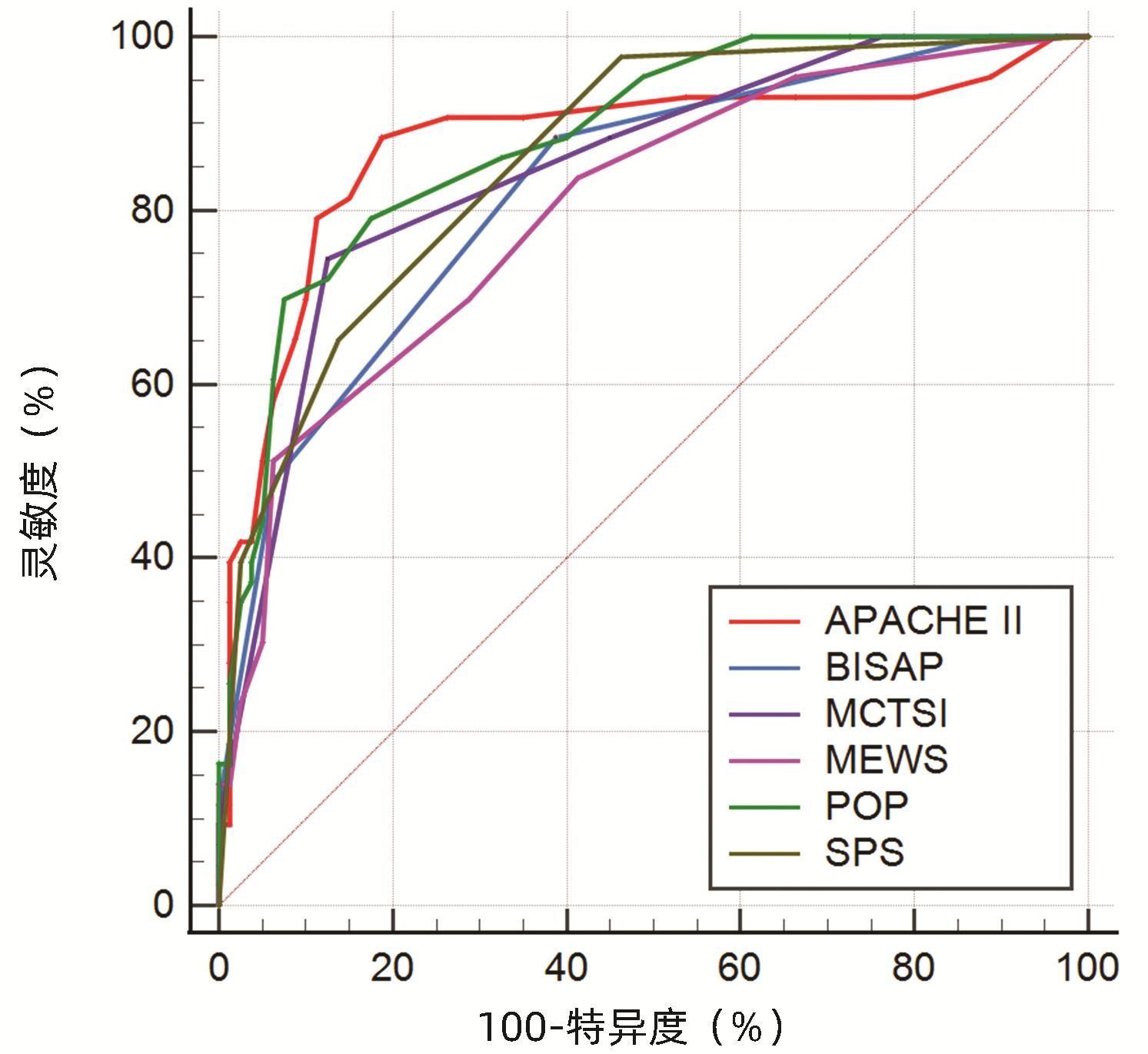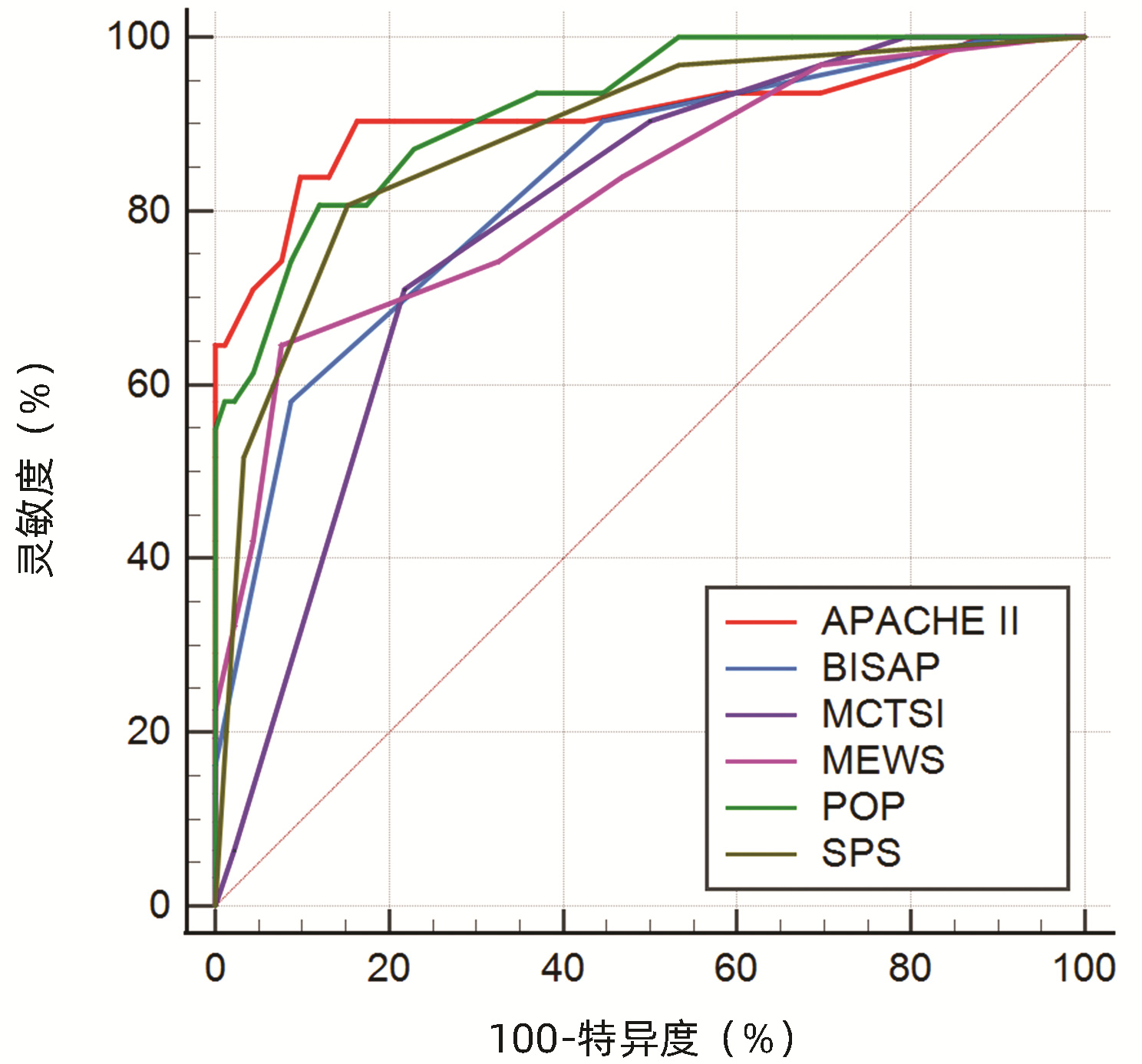| [1] |
YU H, HUANG Y, CHEN L, et al. Assessment of computed tomography-defined muscle and adipose tissue features in relation to length of hospital stay and recurrence of hypertriglyceridemic pancreatitis[J]. Int J Gen Med, 2021, 14: 1709-1717. DOI: 10.2147/IJGM.S311118. |
| [2] |
JIN M, BAI X, CHEN X, et al. A 16-year trend of etiology in acute pancreatitis: The increasing proportion of hypertriglyceridemia-associated acute pancreatitis and its adverse effect on prognosis[J]. J Clin Lipidol, 2019, 13(6): 947-953. e1. DOI: 10.1016/j.jacl.2019.09.005. |
| [3] |
WANG Y, CAO LK, WEI Y, et al. The value of modified renal rim grade in predicting acute kidney injury following severe acute pancreatitis[J]. J Comput Assist Tomogr, 2018, 42(5): 680-687. DOI: 10.1097/RCT.0000000000000749. |
| [4] |
IYER H, ELHENCE A, MITTAL S, et al. Pulmonary complications of acute pancreatitis[J]. Expert Rev Respir Med, 2020, 14(2): 209-217. DOI: 10.1080/17476348.2020.1698951. |
| [5] |
AN WH, HE XC, YANG J, et al. Value of early admission scoring systems in predicting the severity and prognosis of acute pancreatitis[J]. J Clin Hepatol, 2020, 36(6): 1342-1346. DOI: 10.3969/j.issn.1001-5256.2020.06.030. |
| [6] |
Pancreas Study Group, Chinese Society of Gastroenterology, Chinese Medical Association; Editorial Board of Chinese Journal of Pancreatology; Editorial Board of Chinese Journal of Digestion. Chinese guidelines for the management of acute pancreatitis (Shenyang, 2019)[J]. J Clin Hepatol, 2019, 35(12): 2706-2711. DOI: 10.3969/j.issn.1001-5256.2019.12.013. |
| [7] |
BANKS PA, BOLLEN TL, DERVENIS C, et al. Classification of acute pancreatitis-2012: revision of the Atlanta classification and definitions by international consensus[J]. Gut, 2013, 62(1): 102-111. DOI: 10.1136/gutjnl-2012-302779. |
| [8] |
SCHEPERS NJ, BAKKER OJ, BESSELINK MG, et al. Impact of characteristics of organ failure and infected necrosis on mortality in necrotising pancreatitis[J]. Gut, 2019, 68(6): 1044-1051. DOI: 10.1136/gutjnl-2017-314657. |
| [9] |
LI X, KE L, DONG J, et al. Significantly different clinical features between hypertriglyceridemia and biliary acute pancreatitis: a retrospective study of 730 patients from a tertiary center[J]. BMC Gastroenterol, 2018, 18(1): 89. DOI: 10.1186/s12876-018-0821-z. |
| [10] |
LARVIN M, MCMAHON MJ. APACHE-Ⅱ score for assessment and monitoring of acute pancreatitis[J]. Lancet, 1989, 2(8656): 201-205. DOI: 10.1016/s0140-6736(89)90381-4. |
| [11] |
HAGJER S, KUMAR N. Evaluation of the BISAP scoring system in prognostication of acute pancreatitis - A prospective observational study[J]. Int J Surg, 2018, 54(Pt A): 76-81. DOI: 10.1016/j.ijsu.2018.04.026. |
| [12] |
YANG L, LIU J, XING Y, et al. Comparison of BISAP, Ranson, MCTSI, and APACHE Ⅱ in predicting severity and prognoses of hyperlipidemic acute pancreatitis in Chinese patients[J]. Gastroenterol Res Pract, 2016, 2016: 1834256. DOI: 10.1155/2016/1834256. |
| [13] |
PANDO E, ALBERTI P, MATA R, et al. Early changes in Blood Urea Nitrogen (BUN) can predict mortality in acute pancreatitis: comparative study between BISAP score, APACHE-Ⅱ, and other laboratory markers-a prospective observational study[J]. Can J Gastroenterol Hepatol, 2021, 2021: 6643595. DOI: 10.1155/2021/6643595. |
| [14] |
WU Q, WANG J, QIN M, et al. Accuracy of conventional and novel scoring systems in predicting severity and outcomes of acute pancreatitis: a retrospective study[J]. Lipids Health Dis, 2021, 20(1): 41. DOI: 10.1186/s12944-021-01470-4. |
| [15] |
ZENG QX, JIANG KL, WU ZH, et al. Pleural effusion is associated with severe renal dysfunction in patients with acute pancreatitis[J]. Med Sci Monit, 2021, 27: e928118. DOI: 10.12659/MSM.928118. |
| [16] |
ALBERTI P, PANDO E, MATA R, et al. Evaluation of the modified computed tomography severity index (MCTSI) and computed tomography severity index (CTSI) in predicting severity and clinical outcomes in acute pancreatitis[J]. J Dig Dis, 2021, 22(1): 41-48. DOI: 10.1111/1751-2980.12961. |
| [17] |
ÇAKAR İ, KEVEN A, ESERO ǦLU E, et al. Role of extrapancreatic necrosis volume in determining early prognosis in patients with acute pancreatitis[J]. Abdom Radiol (NY), 2020, 45(5): 1507-1516. DOI: 10.1007/s00261-019-02188-9. |
| [18] |
BHATNAGAR M, SIROHI N, DUBEY AB. Prediction of hospital outcome in emergency medical admissions using modified early warning score (MEWS): Indian experience[J]. J Family Med Prim Care, 2021, 10(1): 192-198. DOI: 10.4103/jfmpc.jfmpc_1426_20. |
| [19] |
AYGUN H, ERAYBAR S. The role of emergency department triage early warning score (TREWS) and modified early warning score (MEWS) to predict in-hospital mortality in COVID-19 patients[J]. Ir J Med Sci, 2022, 191(3): 997-1003. DOI: 10.1007/s11845-021-02696-y. |
| [20] |
HARRISON DA, D'AMICO G, SINGER M. The Pancreatitis Outcome Prediction (POP) Score: a new prognostic index for patients with severe acute pancreatitis[J]. Crit Care Med, 2007, 35(7): 1703-1708. DOI: 10.1097/01.CCM.0000269031.13283.C8. |
| [21] |
ESCOBAR-ARELLANO R, GURAIEB-BARRAGáN E, MANSANARES-HERNÁNDEZ A, et al. Sensitivity, specificity and reliability of the POP score vs. APACHE Ⅱ score as predictors of severe acute biliary pancreatitis[J]. Cir Cir, 2019, 87(4): 402-409. DOI: 10.24875/CIRU.18000662. |
| [22] |
MOUNZER R, LANGMEAD CJ, WU BU, et al. Comparison of existing clinical scoring systems to predict persistent organ failure in patients with acute pancreatitis[J]. Gastroenterology, 2012, 142(7): 1476-1482; quiz e15-16. DOI: 10.1053/j.gastro.2012.03.005. |
| [23] |
UEDA T, TAKEYAMA Y, YASUDA T, et al. Simple scoring system for the prediction of the prognosis of severe acute pancreatitis[J]. Surgery, 2007, 141(1): 51-58. DOI: 10.1016/j.surg.2006.05.008. |
| [24] |
RATHNAKAR SK, VISHNU VH, MUNIYAPPA S, et al. Accuracy and predictability of PANC-3 scoring system over APACHE Ⅱ in acute pancreatitis: a prospective study[J]. J Clin Diagn Res, 2017, 11(2): PC10-PC13. DOI: 10.7860/JCDR/2017/23168.9375. |








 DownLoad:
DownLoad:



